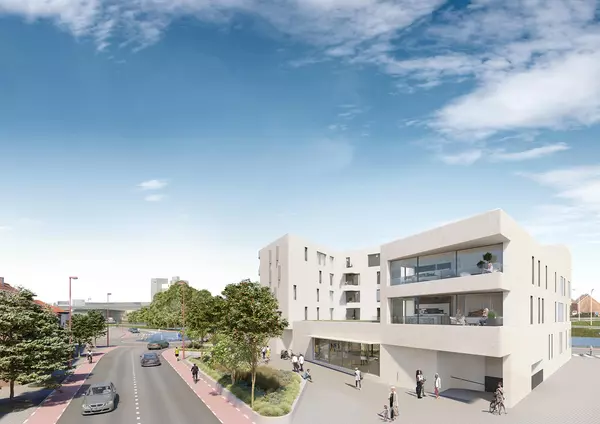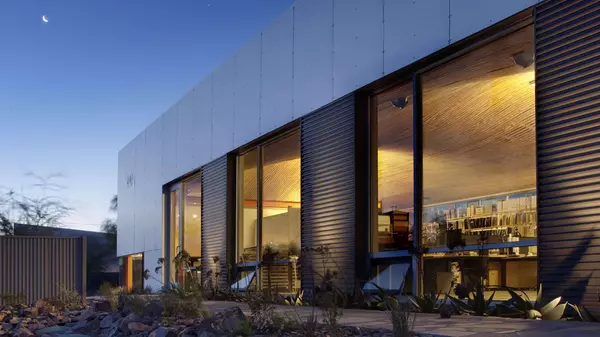One artist’s study in nonverbal interactions
Little did DeAnna Skedel know that when she took a temporary teaching job at the Kansas City Art Institute in 2002, she and her husband, Victor, would decide to make the city their home.
Skedel, a multimedia artist, came to KC to teach at KCAI on the heels of extensive art studies. She has made a career for herself in the art world, and teaching at KCAI is a big part of that.
Growing up in Cleveland, Skedel was a curious and observant young girl. Her early fascination with pareidolia and nature has shaped her artistic path, she says. Much of her early childhood proclivities can be seen in her eco-print collage artwork today. Organic elements are the basis of her art, with the use of contrasting collaged hands, arms and fragmented garments. Being an academic and a parent of neurodiverse teenagers, she spends a lot of time thinking about nonverbal communication as she helps her students and children navigate life’s evolving social concerns.
Skedel has received international accolades as well, with notable projects such as the US/UK Contemporary Cast Iron Sculpture Project in England, Overflow: Fluids at the Getty Museum in L.A. and a native garden project in Voulx, France. She also contributed to the book The Sixth Surface: Steven Holl Lights the Nelson-Atkins Museum in 2007. Skedel is currently an artist-in-residence at Englewood Arts in Independence, Missouri.
Here’s what Skedel has to say about her work.
What kind of art did you make early on? My undergraduate degree is in metalsmithing, beginning at the Cleveland Institute of Art, then finishing at the University of Akron in a fabulous program specializing in color on metal, specifically anodizing. I was particularly interested in electroforming (chemically growing metal on organic forms). The more that I worked in these materials, the more that I began to look deeper at the environments where the things I was attracted to came from.
What led you to Kansas City? When I finished graduate school (with an MFA in sculpture) at the School of the Art Institute of Chicago, I realized I wanted to teach and that I loved the idea of creative problem solving that happens in first-year foundation art and design programs. I studied these programs and their history as an undergrad. (The Cleveland Institute of Art originally had faculty from the Bauhaus, and there is a whole post-war lineage of art department development there.) Then, with an opportunity to work at the Rochester Institute of Technology in their foundation program, I learned that KCAI was one of the original foundation studies institutions and that most of the people who started the program were still teaching there. So when a job opened up, I was excited to come to KC and work with that group of faculty.
Why did you choose to merge eco-printing with collaged body parts? Eco-print has been something I’ve always loved noticing in my environment. When I was young, my dad would get frustrated that fallen leaves and pine needles would stain our driveway and sidewalks. I thought it was cool how the stains would look like other things to me. Years later, I began to play with my eco-printing being looser and more stacked, hoping to get these surprising images where new figures, movement, and twists and turns appear. When I add the collage parts to those twists and turns, I feel like it finishes them. The collage parts make visible what I sometimes feel is invisible in myself.
Skedel’s work is showing now showing at HOK (300 W. 22nd St., KCMO), an engineering and design firm, from March through September 2025. Learn more via Instagram @deannaskedel.
The post One artist’s study in nonverbal interactions appeared first on Kansas City Magazine.
Categories
Recent Posts










